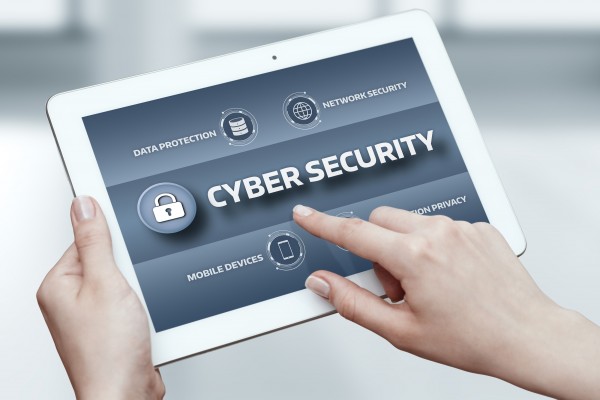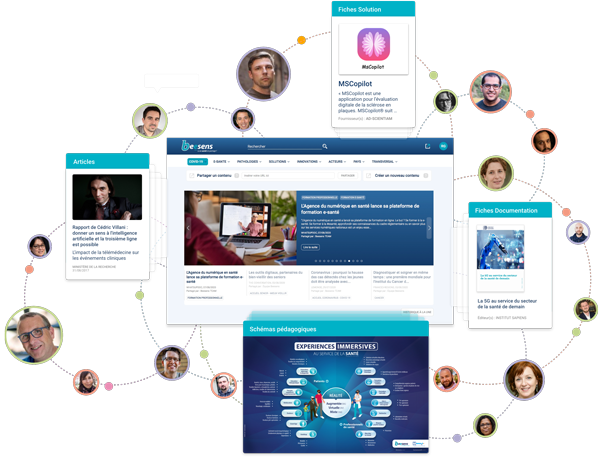"Medical devices and electronic health records have become a way to facilitate better patient care. The substantial development of technology used in an increasing number of hacking and ransomware attacks has made cybersecurity a priority in health care.
Are we ready for the worst?
Hacking incidents might have many varied, harmful effects for healthcare organizations, from leakage of personal data to interruption in the operation of an organisation. When an attack happens, an appropriate strategy of recovery action is crucial [1].
There are many types of cyber threats:
- Black hats – stealing data by, for example, changing the appearance of a website,
- Cryptographic Attacks – revealing encrypted information and transactions or encrypting victims’ data,
- Cybercrime – all crimes committed on computers or the process of deleting traces of crime,
- Denial-of-Service Attacks – stopping or hindering access to services,
- Injection Exploits – entering bad data to interrupt the operation of services,
- Malware – any software changing the normal behavior of a computer in a way that the victim would never allow if they knew about it,
- Privilege Escalation – intentional upgrading of user accounts to get additional privileges,
- Web Security Exploits – searching for weak points in a web browser to get information about users [2],
In research carried out by American scientists, there were 1512 medical data breaches affecting 154,415,257 patient records in America from 2013 to 2017. There were also 128 electronic medical record-related breaches of 4,867,920 patient records, while 363 hacking incidents affected 130,702,378 records. Despite making up less than 25% of all breaches, hacking was responsible for nearly 85% of all affected patient records..."
Lire la suite
Cybersecurity in healthcare – how to avoid data theft?
cardiomatics, 11/02/2021
Partagé par :
Beesens TEAM















